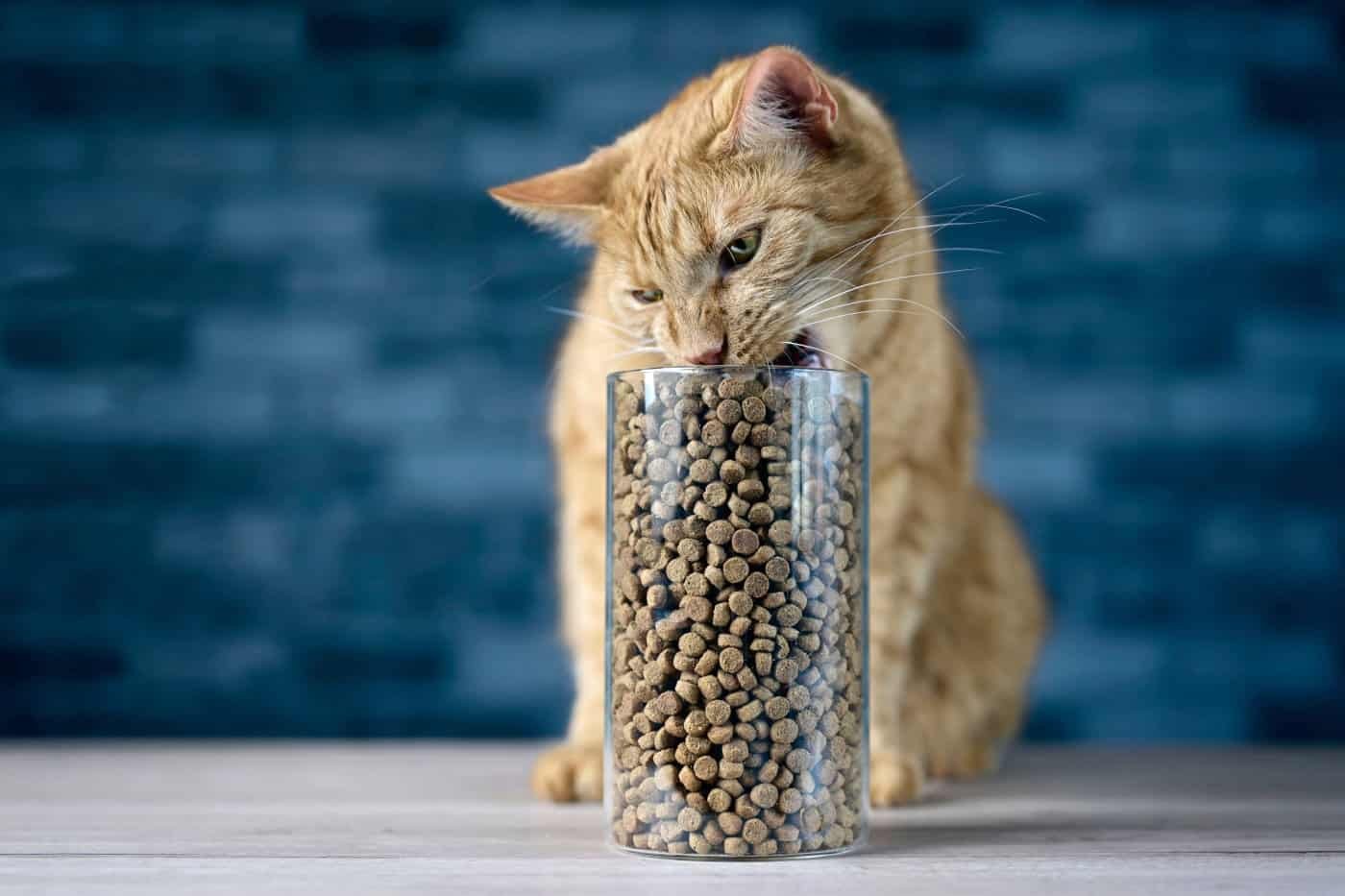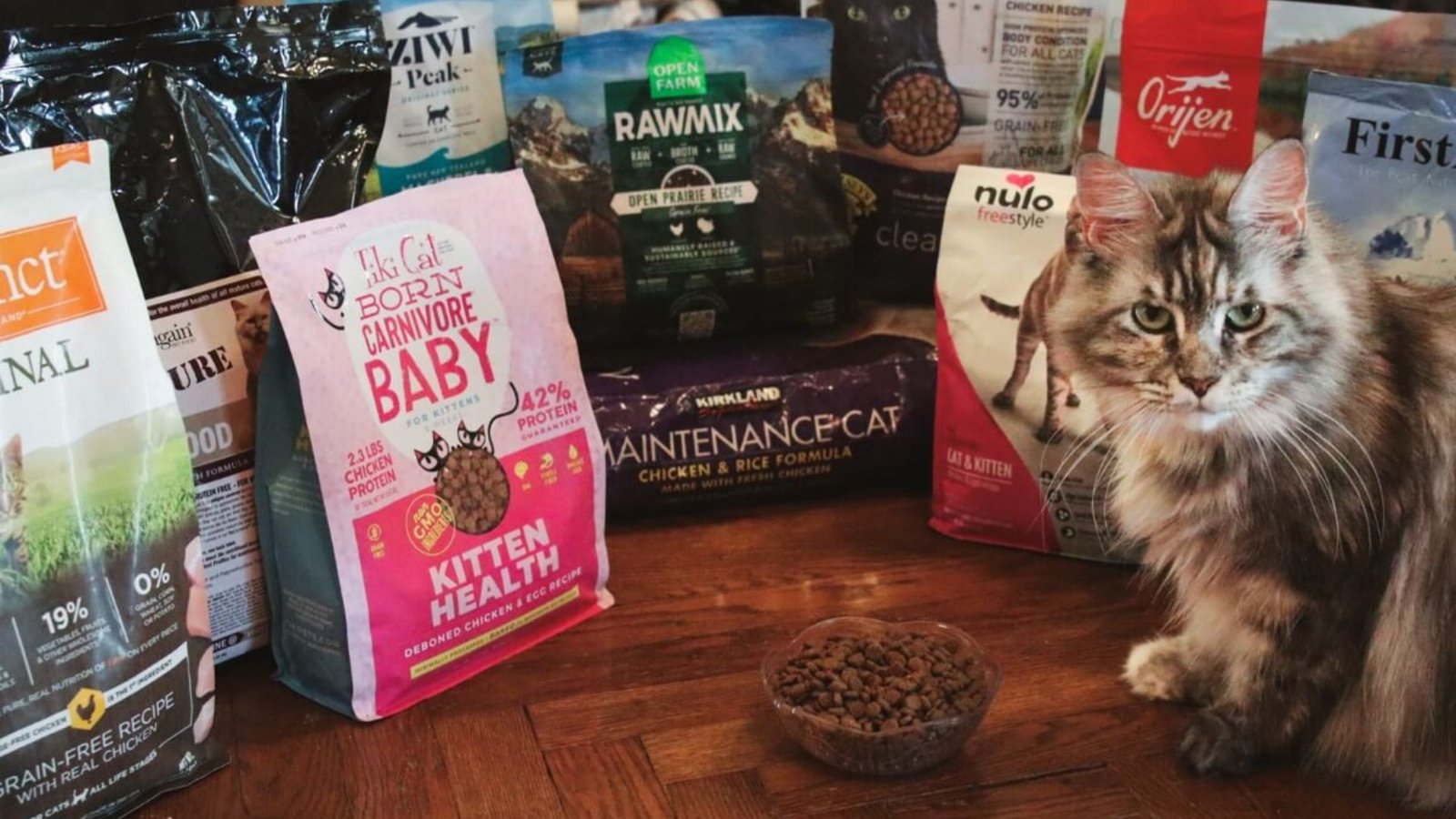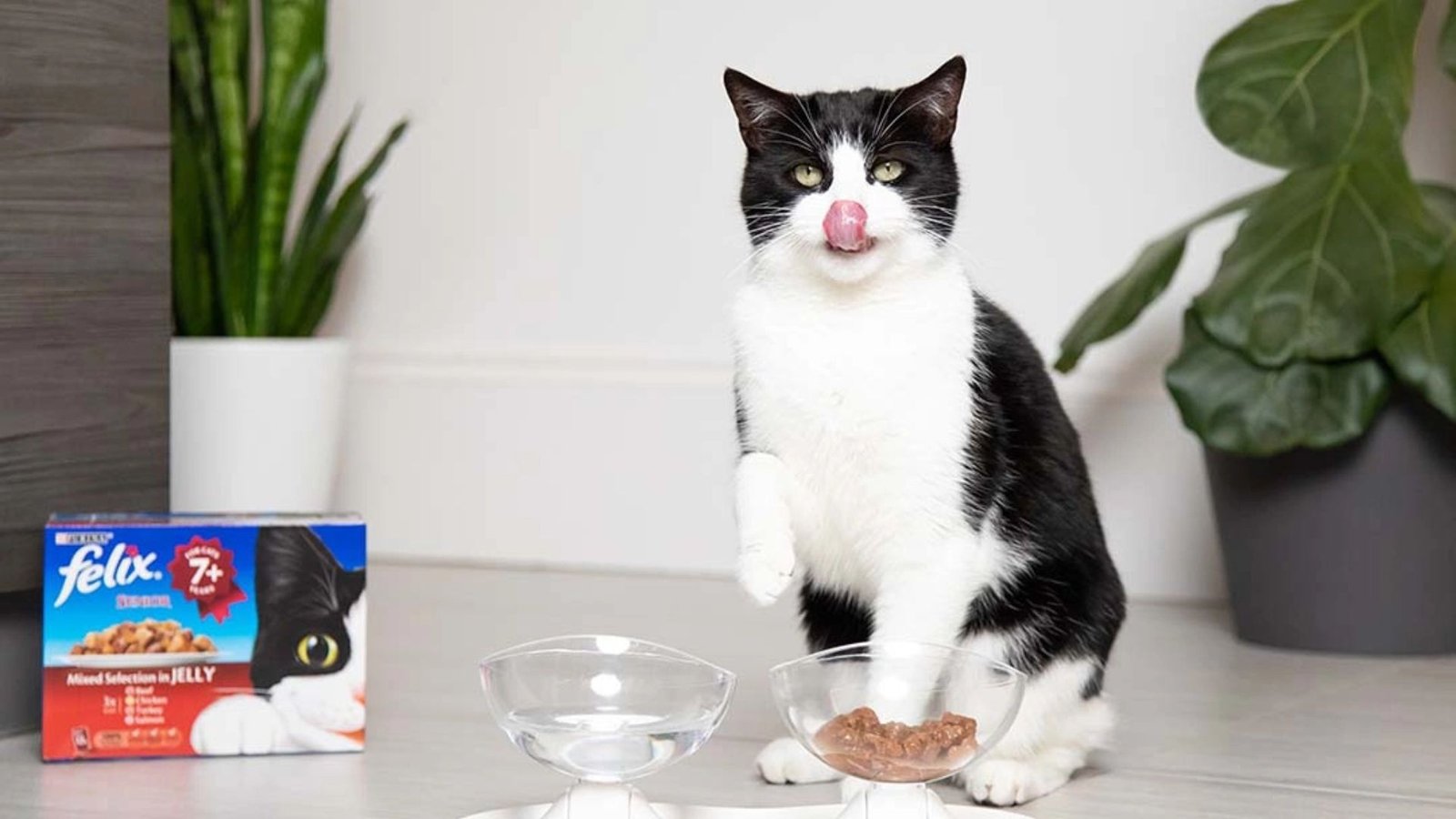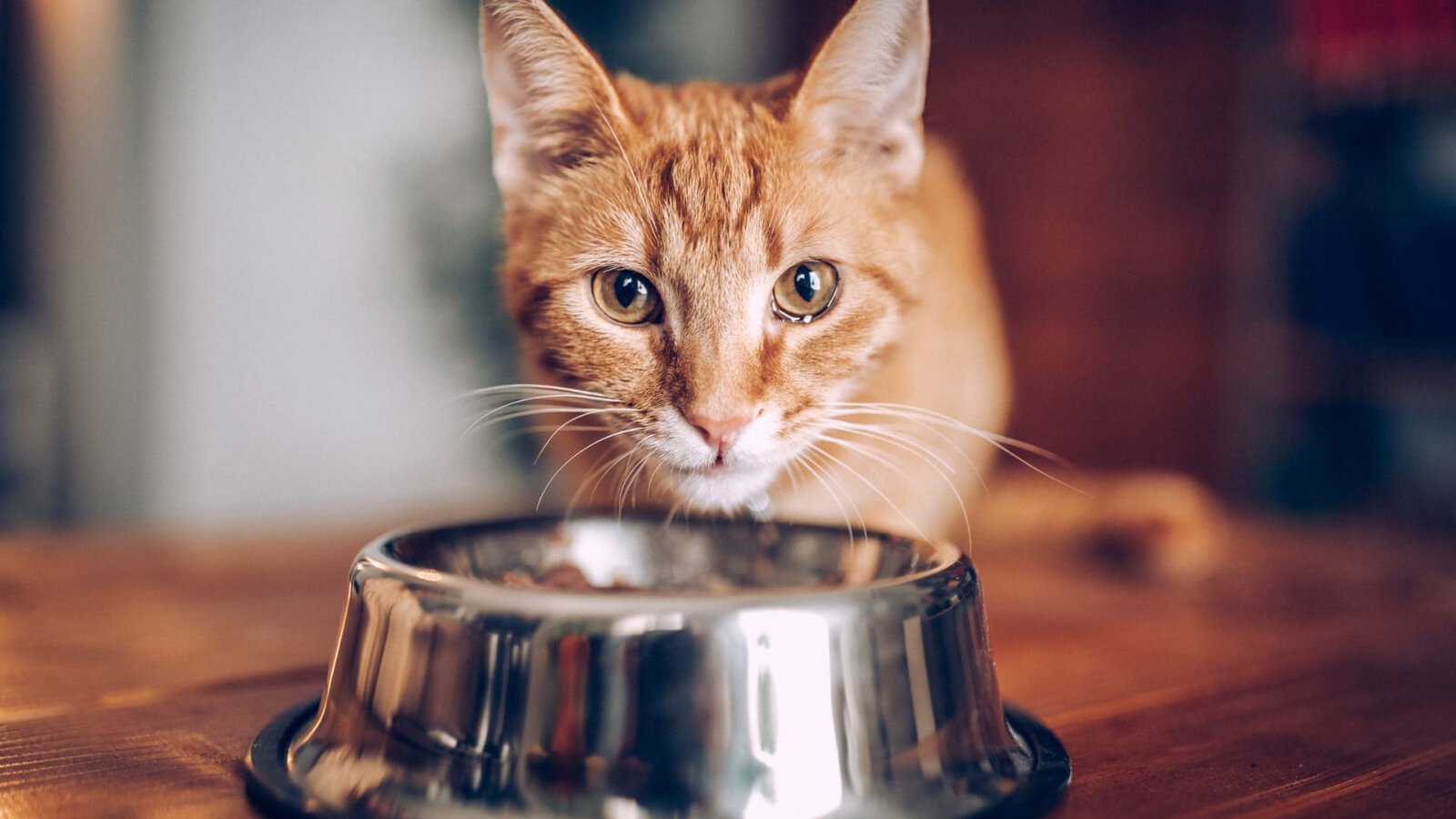Proper storage of cat food is crucial to ensure that it remains fresh, safe, and nutritious for your pet. Whether you’re using dry kibble, wet food, or homemade meals, knowing how to store cat food effectively can prevent spoilage, preserve its nutritional value, and keep harmful bacteria away. Here’s everything you need to know about cat food storage.
1. Why Proper Storage Matters
Cat food, like any perishable product, can lose its quality over time if not stored correctly. Improper storage can lead to:
- Nutrient Loss: Exposure to air, light, or humidity can break down vitamins and other nutrients in the food, making it less beneficial for your cat.
- Bacterial Growth: Improper handling or storage of wet food, especially, can result in the growth of harmful bacteria like Salmonella, which could make your cat sick.
- Pests and Contamination: Poor storage practices might attract pests like rodents or insects, which can contaminate the food and pose health risks to your cat.
By following the right storage practices, you can help ensure your cat’s food stays as fresh as possible and maintains its nutritional value.
2. Storing Dry Cat Food
Dry cat food, also known as kibble, is easier to store than wet food, but it still requires proper care to stay fresh. Here are the key tips:
- Sealed Container: Always store dry food in an airtight container. This helps prevent exposure to air, which can lead to oxidation and loss of nutrients. A tightly sealed container also prevents pests from getting into the food.
- Cool, Dry Place: Keep the container in a cool, dry place. Avoid storing cat food near direct sunlight, heat sources (like radiators), or in areas with high humidity. Ideal storage temperature is between 50°F and 70°F (10°C and 21°C).
- Use by Date: Always check the “use by” date on the package. Once opened, dry cat food should be used within 4-6 weeks for optimal freshness.
- Avoid the Original Bag: While it’s convenient to leave the food in its original packaging, it’s best to transfer it to a resealable airtight container. This helps preserve the food’s freshness longer.
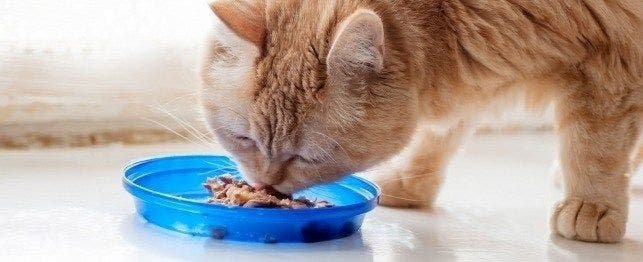
3. Storing Wet Cat Food
Wet food requires more careful storage, as it can spoil quickly and become unsafe for your pet if not stored properly.
- Refrigerate After Opening: Once a can or pouch of wet food is opened, it must be refrigerated. If the food is not consumed within one meal, cover the can or pouch with a plastic lid or wrap it tightly with plastic wrap and store it in the fridge.
- Use within 24-48 Hours: Wet food should be used within 24-48 hours of opening to maintain its freshness. If it sits in the fridge too long, it can spoil or lose its flavor and nutritional quality.
- Avoid Freezing Wet Food: While freezing wet food might seem like a good idea for preservation, it can alter the texture and taste of the food, making it less appealing for your cat.
- Smell Check: Always do a smell check before feeding your cat leftover wet food. If it smells sour or off, discard it, as it could cause illness.
4. Storing Homemade Cat Food
If you make homemade meals for your cat, storing the food correctly is even more important. Homemade food usually lacks preservatives and can spoil more quickly.
- Refrigeration: Like wet food, homemade meals should be refrigerated immediately after preparation. Store them in airtight containers to prevent bacteria contamination and preserve freshness.
- Use Within 2-3 Days: Homemade cat food should be consumed within 2-3 days of being prepared. If you make large batches, consider freezing portions for later use.
- Label Your Containers: Always label the containers with the date the food was prepared, so you can keep track of how long it has been stored.
5. How to Spot Spoiled Food
No matter how well you store your cat’s food, you need to be able to identify when it’s no longer safe to eat. Here are signs that cat food has gone bad:
- Dry Food: If it has an off smell, unusual color, or visible mold, it’s best to throw it away.
- Wet Food: If the food has a sour odor, appears discolored, or has an unnatural texture, discard it immediately.
- Homemade Food: If homemade food smells rancid or develops mold, it should be discarded. You might also notice a change in the texture, which could indicate spoilage.
6. Storage Tips for Special Cat Food
Some special diets, such as prescription diets or raw food, might require specific storage practices. Always follow the manufacturer’s or vet’s recommendations for storing these types of food. For example, raw food often needs to be stored in the freezer before being thawed and fed, while prescription diets may require airtight packaging or even refrigeration.
7. Avoid Overbuying
It can be tempting to buy food in bulk, but overbuying can lead to food sitting around too long and losing its freshness. Buy cat food in amounts that your cat can consume within a reasonable time to minimize waste and spoilage.
Conclusion
Storing cat food properly is essential to maintaining its quality, freshness, and safety for your feline friend. Whether you’re dealing with dry kibble, wet food, or homemade meals, make sure to follow the best storage practices to preserve the nutritional value and ensure that your cat’s food stays safe to eat. By using airtight containers, keeping food in cool, dry places, and being vigilant about checking for spoilage, you can provide your cat with a healthy and safe diet for years to come.

